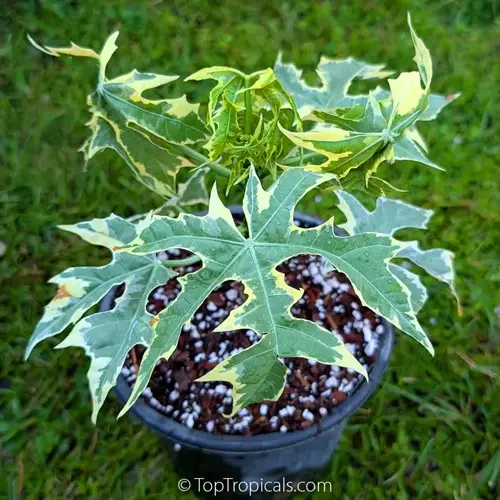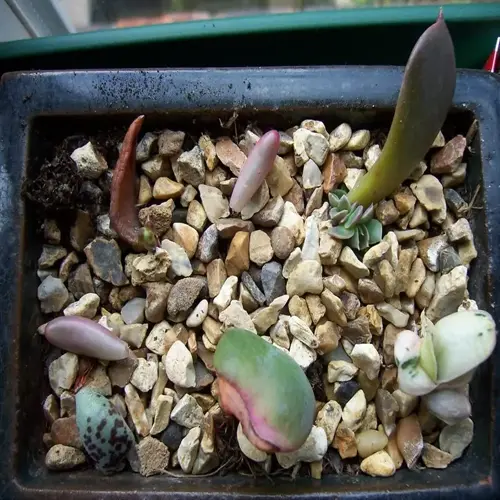Why do upside-down tomato stems curve upward?

Written by
Julia Anderson
Reviewed by
Prof. Charles Hartman, Ph.D.Tomato stems growing upside down with negative gravitropism, a natural behavior by plants on how to develop against gravity. Negative gravitropism is a survival response mechanism that keeps leaves oriented towards the sun and away from the soil for photosynthesis, regardless of the planting orientation. When you hang tomatoes upside down, the tomato stems creep down on the first day and turn back up after a couple of days.
Gravitropism Science
- Special cells called statocytes detect gravity direction
- Auxin hormones redistribute to promote upward cell growth
- Stems always reorient toward vertical light sources
Phototropism Interaction
- Light receptors trigger growth toward brightest areas
- Combined with gravitropism for optimal positioning
- Blue spectrum light most effective for direction
Training Techniques
- Gently guide stems during initial 3-5 day curvature phase
- Use soft plant ties to prevent kinking at bend points
- Rotate buckets daily for even light exposure
Monitor the curvature of stems starting around day three after planting. I write a reminder on my calendar to check the plants each day, as this is a critical time period. You'll recall seeing some minor bending, especially around the bucket hole, as the stem begins to turn. Do not tug or pull on plants during this natural process.
Place light sources strategically to encourage plants to grow upwards. I tend to hang buckets where the morning sun hits directly to promote the proper curvature of the plant. Your plants require consistent directional light to develop vertically and prevent twisting.
Avoid kinking by gently supporting stems during any bending. Use soft fabric strips instead of rigid ties, as these can cause tissue injury. My favorite solution is to cut strips from pantyhose, which will stretch as the stem gets thicker. This will prevent constriction and provide the necessary support.
Keep in mind that this growth needs energy from the plants. When I see them curl, I apply diluted seaweed extract to minimize stress. The tomatoes recover quickly and naturally develop thicker stems with nutritional support as they reorient.
Read the full article: How to Grow Tomatoes Upside Down Successfully

